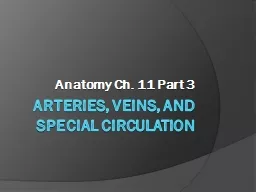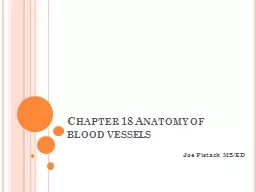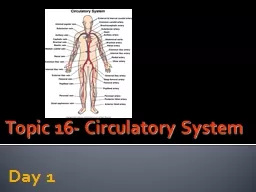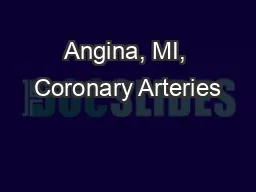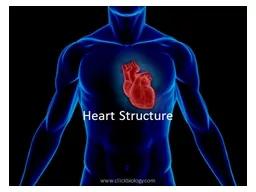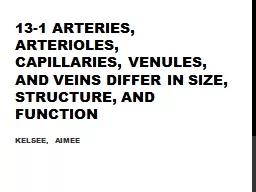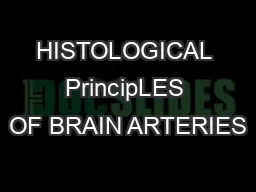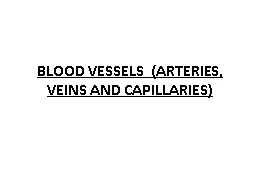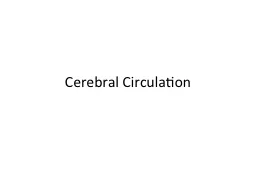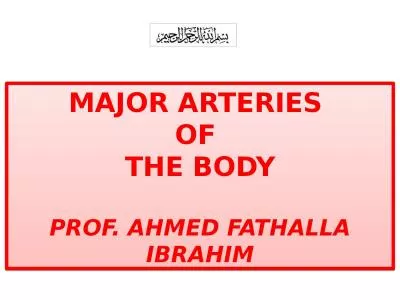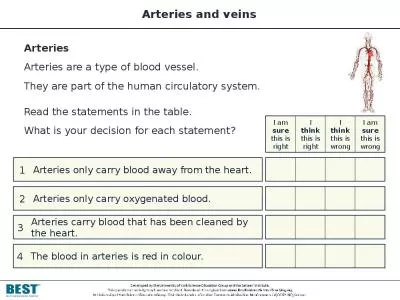PPT-Arteries, Veins, and Special Circulation
Author : mitsue-stanley | Published Date : 2018-10-30
Anatomy Ch 11 Part 3 Major Arteries Aorta largest artery in the body arises from the left ventricle of the heart Parts of the aorta Ascending aorta leaves the heart
Presentation Embed Code
Download Presentation
Download Presentation The PPT/PDF document "Arteries, Veins, and Special Circulation" is the property of its rightful owner. Permission is granted to download and print the materials on this website for personal, non-commercial use only, and to display it on your personal computer provided you do not modify the materials and that you retain all copyright notices contained in the materials. By downloading content from our website, you accept the terms of this agreement.
Arteries, Veins, and Special Circulation: Transcript
Download Rules Of Document
"Arteries, Veins, and Special Circulation"The content belongs to its owner. You may download and print it for personal use, without modification, and keep all copyright notices. By downloading, you agree to these terms.
Related Documents

